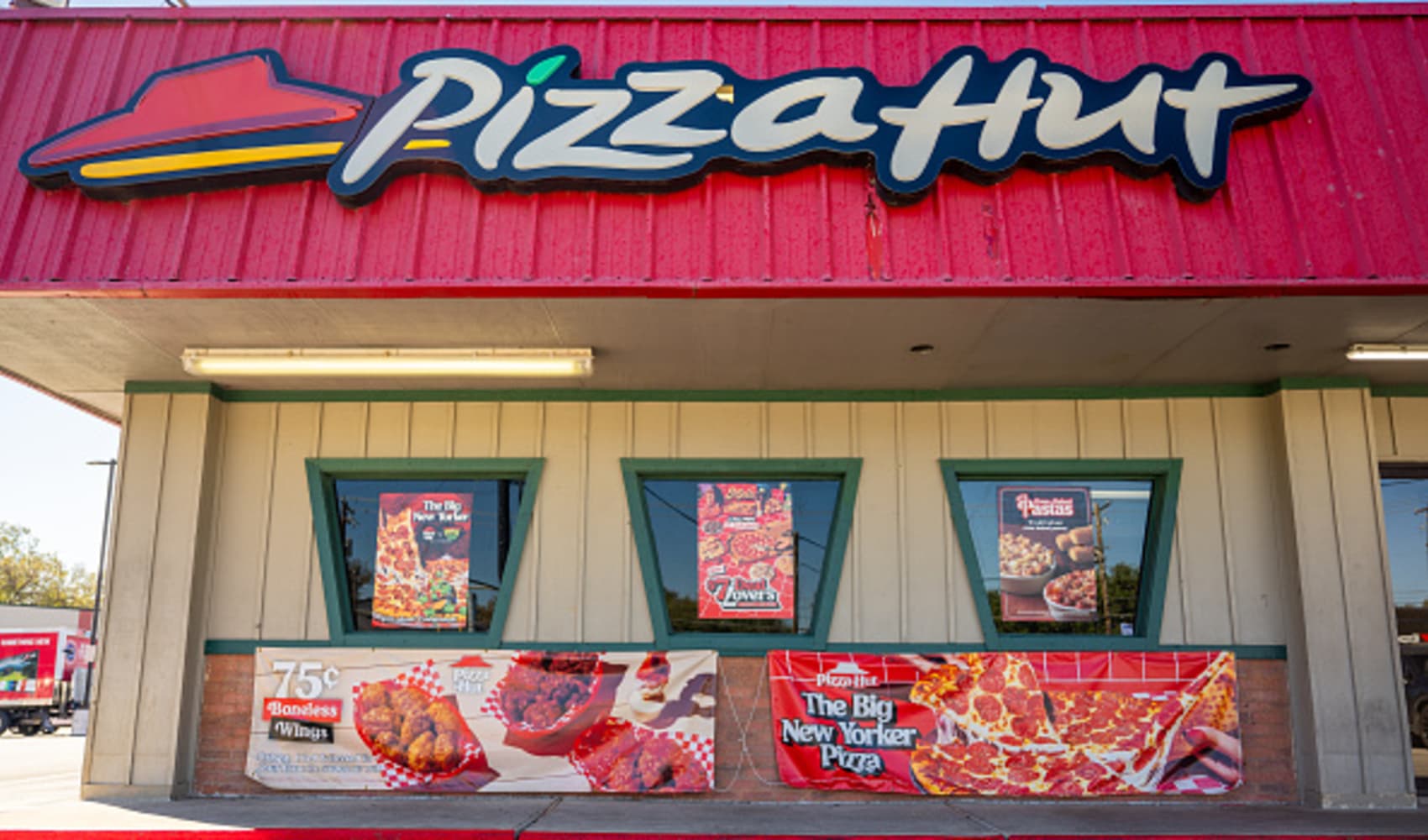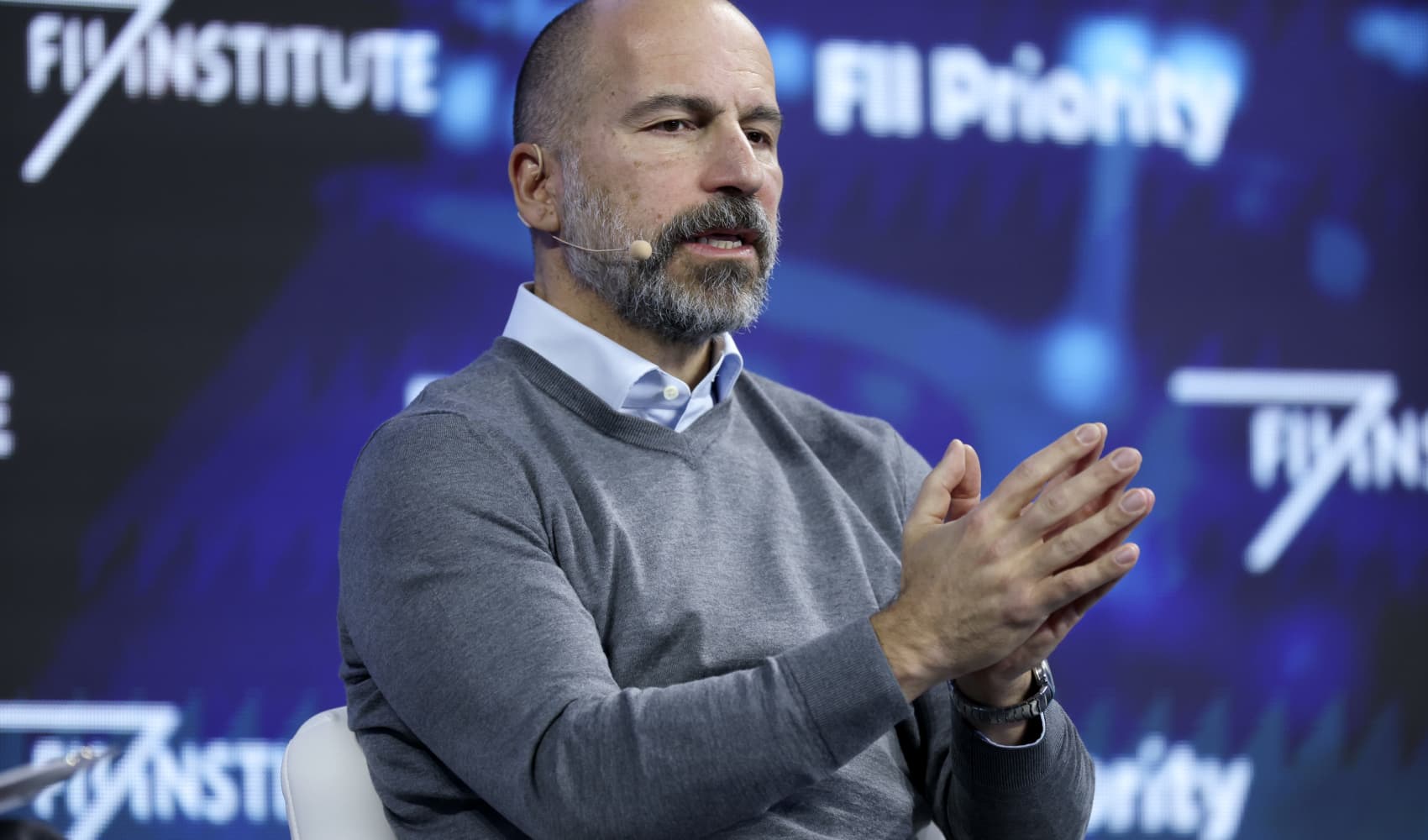Yum Brands Misses Revenue: Is Pizza Hut To Blame?
Yum Brands' Mixed Bag: Pizza Hut Sales Slump Amidst Overall Growth
Introduction: A Bite Too Small?
Yum Brands, the fast-food giant behind household names like KFC, Pizza Hut, and Taco Bell, recently unveiled its first-quarter results, and the picture is... well, a bit of a mixed bag. While the company managed to beat earnings expectations, it fell short on revenue projections, largely due to a disappointing performance from Pizza Hut. Are the days of cheesy goodness numbered? Let's dive in and see what's cooking.
Mixed Results: A Closer Look at the Numbers
Yum Brands reported a 12% increase in sales overall for the first quarter. That sounds pretty good, right? But here's the catch: Pizza Hut's same-store sales took an unexpected dip, dragging down the overall revenue figure. Let's break down the specifics:
- Earnings per share: $1.30 adjusted vs. $1.29 expected (a win!)
- Revenue: $1.79 billion vs. $1.85 billion expected (a miss!)
The company's first-quarter net income was $253 million, or 90 cents per share, a decrease from $314 million, or $1.10 per share, a year earlier. This reveals that despite the growth in revenue for some of the brands under the YUM umbrella, the profit margin is affected as well.
Pizza Hut's Plunge: What's Behind the Decline?
So, what's causing Pizza Hut's struggles? Several factors could be at play:
Increased Competition
The pizza market is fiercely competitive. From Domino's innovative delivery strategies to Papa John's consistent offerings and the plethora of local pizzerias, Pizza Hut faces stiff competition from every angle. Customers have more choices than ever before, and loyalty can be fleeting.
Changing Consumer Preferences
Consumers are increasingly health-conscious and are shifting to customizability, which is why build-your-own-pizza restaurants are gaining popularity. The rise of health-conscious eating habits and dietary trends may be impacting the demand for traditional pizzas. Are people craving kale and quinoa instead of pepperoni and cheese?
Delivery Challenges
In the modern age of food delivery, speed and convenience are key. If Pizza Hut is struggling to keep pace with delivery times or lacks a seamless online ordering experience, it could be losing customers to competitors.
KFC and Taco Bell: The Bright Spots
While Pizza Hut is facing challenges, KFC and Taco Bell continue to perform well. What are they doing right?
KFC's Continued Popularity
KFC's classic fried chicken remains a comfort food favorite. The brand has also successfully launched innovative menu items and promotions, keeping things fresh and exciting for customers.
Taco Bell's Innovation and Value
Taco Bell consistently introduces new and creative menu items, often at affordable price points. This strategy appeals to a younger demographic and keeps customers coming back for more. Think about the Doritos Locos Tacos – a stroke of genius!
The Impact on Yum Brands' Stock
News of the mixed results, particularly Pizza Hut's sales decline, caused Yum Brands' stock to dip in premarket trading. This highlights the importance of maintaining consistent performance across all brands within a company's portfolio. Investor confidence is directly tied to the health of each individual component.
External Economic Factors
It's important to remember that the restaurant industry is also influenced by broader economic trends.
Inflation and Consumer Spending
Rising inflation can impact consumer spending habits. People may be less willing to splurge on eating out, opting for cheaper alternatives or cooking at home. This is especially true for discretionary purchases like pizza.
Supply Chain Disruptions
Ongoing supply chain issues can also impact restaurant profitability. Increased costs for ingredients and supplies can squeeze profit margins, forcing restaurants to raise prices, potentially deterring customers.
Yum Brands' Strategy Moving Forward
What steps can Yum Brands take to address Pizza Hut's challenges and ensure continued growth across all its brands?
Reinvigorating Pizza Hut's Brand
Pizza Hut needs to find ways to revitalize its brand and appeal to modern consumers. This could involve updating the menu, improving the online ordering experience, and launching creative marketing campaigns. Can they recapture that nostalgic feeling while still providing a modern experience?
Investing in Technology and Delivery
Technology is crucial in today's food industry. Yum Brands should invest in improving its digital platforms, optimizing delivery operations, and exploring new technologies to enhance the customer experience. Think AI-powered ordering or drone delivery. The possibilities are endless!
Focusing on Value and Innovation
Continuing to offer value-driven menu options and innovative new products is essential for attracting and retaining customers. This is something Taco Bell is already doing well, and Pizza Hut could learn a thing or two from its sister brand.
Analyzing Competitor Strategies
To better understand the dynamics of the fast-food industry, it's essential to analyze how competitors are performing.
Domino's Digital Prowess
Domino's has long been a leader in digital innovation. Its online ordering platform and delivery tracking system are top-notch. Yum Brands should study Domino's approach and identify areas for improvement in its own digital strategy.
Papa John's Focus on Quality Ingredients
Papa John's has built its brand around using higher-quality ingredients. This strategy appeals to consumers who are willing to pay a premium for a better-tasting pizza. Should Pizza Hut consider a similar approach?
The Long-Term Outlook for Yum Brands
Despite the challenges facing Pizza Hut, Yum Brands remains a powerful player in the fast-food industry. Its diverse portfolio of brands and its global presence provide a solid foundation for future growth. However, the company must address Pizza Hut's issues head-on to maintain its competitive edge. The ability to adapt and innovate will be key to long-term success.
Potential Turnaround Strategies for Pizza Hut
What specific actions could Pizza Hut take to turn things around?
Menu Revamp
Introducing new and exciting pizza options, including healthier choices and customizable options, could attract new customers. Think gourmet toppings, cauliflower crusts, and vegan cheese alternatives.
Improved Customer Service
Focusing on providing exceptional customer service, both in-store and online, can help build customer loyalty. Happy customers are more likely to return and recommend Pizza Hut to others.
Targeted Marketing Campaigns
Developing targeted marketing campaigns that appeal to specific demographics can help Pizza Hut reach new audiences. Think social media campaigns, influencer marketing, and partnerships with local organizations.
The Role of Franchisees
Yum Brands relies heavily on its franchisees to operate its restaurants. The success of the company depends on the ability of its franchisees to effectively manage their businesses and provide a consistent customer experience. Strong franchisee relationships are crucial.
Emerging Trends in the Fast-Food Industry
The fast-food industry is constantly evolving. Keeping up with emerging trends is essential for staying competitive.
Plant-Based Alternatives
The demand for plant-based alternatives is growing rapidly. Yum Brands should consider expanding its plant-based offerings to cater to this growing market segment. Imagine a KFC plant-based chicken sandwich or a Taco Bell vegan burrito.
Sustainability
Consumers are increasingly concerned about sustainability. Yum Brands should implement sustainable practices throughout its operations, from sourcing ingredients to reducing waste. This can help the company appeal to environmentally conscious consumers.
Future Growth Opportunities
Where does Yum Brands see its future growth coming from?
International Expansion
Expanding into new international markets offers significant growth potential. Yum Brands has already established a strong presence in many countries, but there are still opportunities to expand its global footprint.
Digital Innovation
Continuing to invest in digital innovation is essential for staying ahead of the curve. This includes developing new mobile apps, leveraging data analytics to personalize the customer experience, and exploring new technologies like AI and robotics.
Conclusion: A Slice of Uncertainty?
Yum Brands' recent results present a mixed picture. While KFC and Taco Bell continue to shine, Pizza Hut's sales slump raises concerns. The company must address Pizza Hut's challenges head-on by reinvigorating the brand, investing in technology, and focusing on value and innovation. The fast-food industry is a dynamic landscape, and Yum Brands needs to adapt and evolve to remain competitive. The future hinges on their ability to serve up what consumers are truly craving.
Frequently Asked Questions
- Why did Pizza Hut's same-store sales decline?
Increased competition, changing consumer preferences, and challenges with delivery services are all contributing factors.
- How are KFC and Taco Bell performing compared to Pizza Hut?
KFC and Taco Bell are performing well, driven by innovative menu items, strong brand recognition, and effective marketing strategies.
- What is Yum Brands doing to address Pizza Hut's challenges?
Yum Brands is focusing on revitalizing the Pizza Hut brand, investing in technology and delivery improvements, and offering value-driven menu options.
- How does inflation affect Yum Brands' performance?
Rising inflation can impact consumer spending habits, potentially leading to a decrease in restaurant visits and a shift towards cheaper alternatives.
- What are some emerging trends in the fast-food industry that Yum Brands should be aware of?
Emerging trends include the growing demand for plant-based alternatives, increased focus on sustainability, and the importance of digital innovation.


